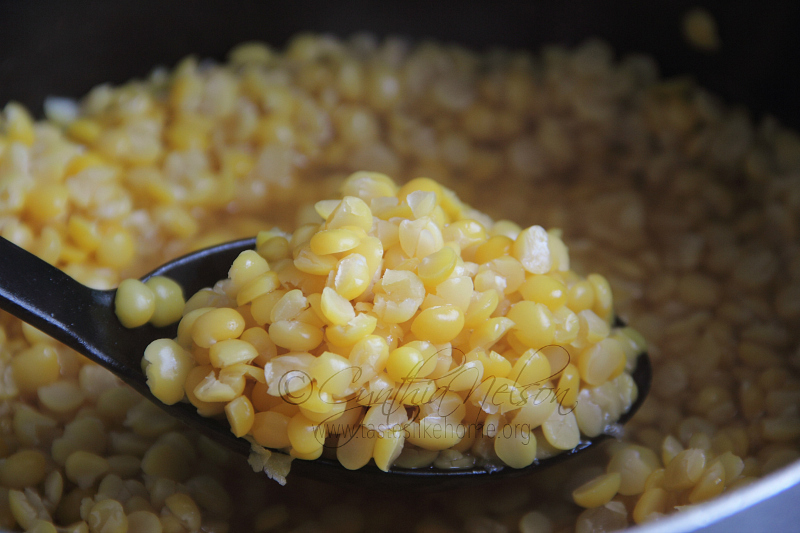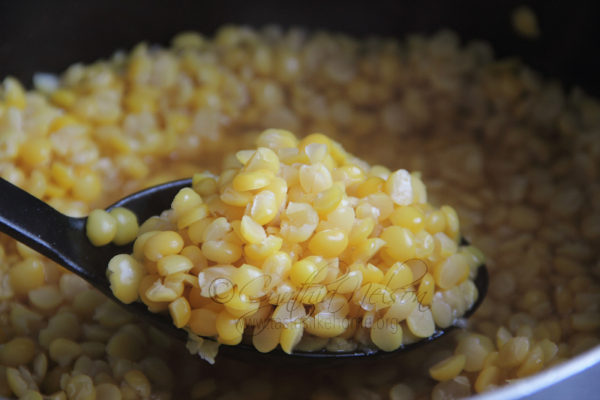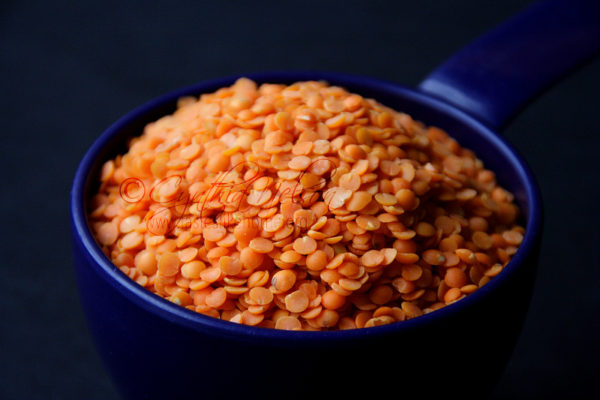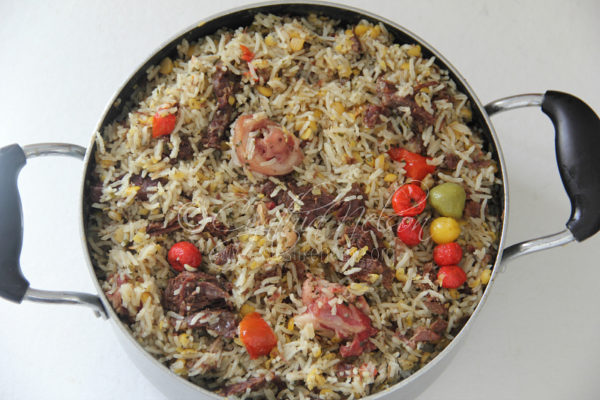 Hi Everyone, Have you ever made split peas cook-up only to have the peas melt completely, turning everything into a big pot of mush? Pasty? Difficult to ‘turn’ the ingredients, judge the doneness, or the amount of liquid needed to cook the rice? If your answer to any of these questions is yes, know that you are not alone. Many of us have been there! If you’ve given up on making split peas cook-up because of these challenges, read on, I believe you might want to give it another try.
Hi Everyone, Have you ever made split peas cook-up only to have the peas melt completely, turning everything into a big pot of mush? Pasty? Difficult to ‘turn’ the ingredients, judge the doneness, or the amount of liquid needed to cook the rice? If your answer to any of these questions is yes, know that you are not alone. Many of us have been there! If you’ve given up on making split peas cook-up because of these challenges, read on, I believe you might want to give it another try.
Over the years, fed up with the inconsistency with the quality of split peas – sometimes it cooks up quickly and at other times, it takes forever – I had switched to using red lentils whenever I wanted to make split peas cook-up. I’ve had great success with the red lentils – they do not need to be rehydrated prior to cooking, they are rinsed and added directly to the pot at the same time with the rice to cook. Each time the cook-up cooks up perfectly. Every. Single. Time. However, not being one to easily give up, I decided that I must find a way to master the making of split peas cook-up with split peas.
In the past, one of my methods had been to add the rehydrated peas to the pressure cooker after the meat had been cooking for a certain time so that it would soften to the extent that when the rice was added, everything would finish cooking at the same time. On more than one occasion, I was met with frustration – the meat would finish cooking but the darn split peas would still be hard! I would have to fish out the meat so that it didn’t overcook so much that it shredded. More hot liquid would be added to the pot to cook, pressuring the peas until it was suitably cooked. This had happened one too many times. Something had to give.
It would be months before I decided to try making split peas cook-up with actual split peas. This time around I decided to cook the peas separately before adding them to the pot with the meat, rice, coconut milk and herbs. This approach meant that I would not have to worry when the peas would finish cooking or compromising the other ingredients. Guess what? It worked, perfectly! The split peas in the cook-up, kept most of their shape, they cooked up soft without melting and finished cooking at the same time of the rice. Each grain of rice was discernable and there was no clumping of the finished dish. I tested this method on three different occasions and each time was successful, never mind that the cooking times for the rehydrated peas varied (remember I mentioned earlier about the inconsistency in brand and quality of split peas). The first time it took 20 minutes for the peas to cook, another time it took 7 minutes and on another occasion, it took almost 35 minutes! The peas have to cook to the stage where they are beginning to burst. To test the doneness, apart from the visual cue, when you bite into the peas, they should not be grainy; they should be cooked through and easy to chew.
Add the cooked peas to the pot the same time you are adding the rice. Once everything is added to the pot, give it a good and proper stir, cover, let it come to a boil and cook on high heat for 5 minutes then reduce the heat to low and let it cook until it is done cooking. Do not. I repeat, do not constantly open the pot to check if the liquid has dried down or stirring frequently, there is no need for that. Once you have added the prescribed amount of liquid to cook the cook-up, cover the pot and let it do its thing. When it is done cooking, shut off the heat and let the pot stand covered for 10 – 15 minutes, this a bit of carryover cooking; and it also ensures that everything is absorbed. When you open the pot, you may see a bit of cream on the top of the rice, don’t panic, that is quite normal. When you ‘turn’ the cook-up that will be absorbed. To ‘turn’ or stir the pot, take a pot spoon, slide it down the inside corner of the pot, lift the spoon and turn it over with the ingredients. Think of folding it on to itself. Repeat this action all around the pot until the cook-up has been ‘turned’ or stirred.
One of the important things about making one-pot rice dishes that are cooked using the absorption method is to ensure that you have the right water to rice ratio. Not all brands of the same variety of rice are created equal so keep this in mind. Use the following as a guide:
- For every cup of regular white rice, use 1 1/3 to
1½ cups of liquid
- For every cup of parboiled rice, use 1¾ to 2 cups
of liquid
- For every cup of brown rice, use 3 to 3½ cups of
liquid
While Cook-up rice can be made with any type of peas, beans or vegetables such as okra, callaloo or pumpkin, there is something extra special about Split peas Cook-up. The flavour the peas impart in combination with the fresh herbs and coconut milk easily makes for second helpings. It is also the type of Cook-up rice that needs no obstacles in it to make it enticing. Serve it with a couple pieces of well-seasoned fried fish such as Bangamary along with some fried ripe plantains, boiled pepper, or pepper sauce, sliced cucumbers, tomatoes, crisp leaves of lettuce and you have an outstanding meal. Try making it this weekend and let me know how it goes.
Cynthia









